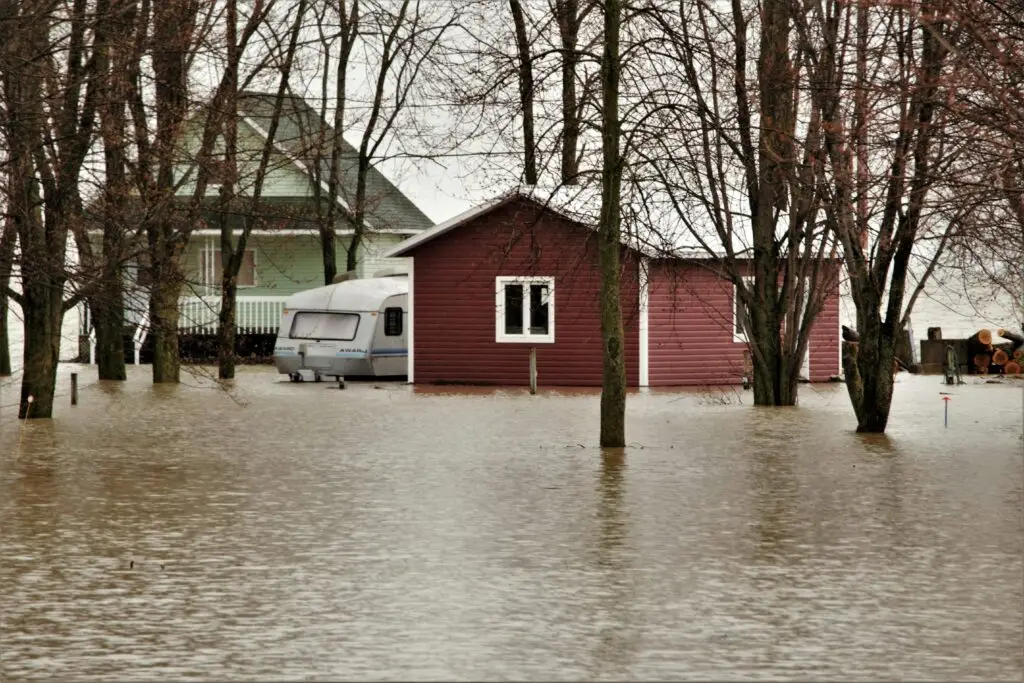Understanding Flood Damage: Causes and Effects
Flood damage can occur due to various factors, including heavy rainfall, storm surges, and rapid snowmelt. Understanding these causes is crucial for effective recovery and prevention strategies.
For instance, flash floods can lead to significant property damage in a matter of minutes, while prolonged flooding from rivers can cause structural issues over time. Knowing the type of flood event can help homeowners prepare and respond appropriately.
Immediate Steps to Take After a Flood
After experiencing a flood, it's essential to act quickly to mitigate damage. The first step is to ensure safety by avoiding flooded areas and turning off electricity if possible.
Once safety is confirmed, document the damage for insurance claims and begin the clean-up process. This may include removing standing water, drying out affected areas, and salvaging personal belongings to prevent mold growth.
Choosing the Right Flood Restoration Service
Selecting a qualified flood restoration service is vital for effective recovery. Look for companies that are IICRC certified, as this indicates adherence to industry standards in water damage restoration.
Consider factors such as customer reviews, response time, and the range of services offered. A reputable service should provide a comprehensive assessment and a clear plan for restoration tailored to your specific needs.
Preventative Measures to Avoid Future Flood Damage
Taking proactive steps can significantly reduce the risk of future flood damage. This includes proper landscaping, installing sump pumps, and ensuring gutters and downspouts are clear and functional.
Additionally, homeowners should consider flood insurance policies that cover potential damages. Investing in flood barriers and maintaining drainage systems can also provide added protection against severe weather events.

